[Text by Neal Morris. This is a Professional Feature edited by the RIBA Practice team. Article first published on 6 May 2021.]
Nobody should undergo prolonged periods of stress. The Architects Mental Wellbeing Toolkit points out that
“when people feel frazzled or overwhelmed they are less likely to give their best, to focus, be creative and have patience – attributes which are vital for any architect to be successful in their role.”
It provides a wealth of time management and communication tips for both practices and architects to develop a stress free environment. “The ideal is a workplace where individuals work hard and productively during core hours, but have the time to take care of their own lives and health,” the toolkit suggests.
At the same time, there will inevitably be times that we experience stress on a physical level: as a deadline looms or an unforeseen problem occurs. When this happens there are steps we can take to address and conquer it, states executive coach Karen Fugle.
Understanding what stress is
Stress is a set of natural physiological and psychological responses that kick in when we need to adapt to a situation and respond quickly to a challenge. It is hard-wired into our biology.
Fugle points out the Yerkes–Dodson law, developed by psychologists Robert Yerkes and John Dodson in 1908, which describes the temporary performance enhancement that stress induces. But this phase has a limit; there is a tipping point.
“What Yerkes-Dodson called ‘eustress’, or good stress, helps us temporarily to cope,” Fugle states. “It is stimulating but not overwhelming and can lead to a satisfactory outcome in helping us achieve something challenging.”
“Distress – bad stress – taxes us beyond our limits, leading to symptoms such as headaches, skin problems and difficulty sleeping.”
The five stages of stress
1. Alarm stage
This sharpens your reflexes, mental focus and blood flow. It is a set of bodily responses often described as ‘fight or flight’.
2. Resistance stage
As your body begins to calm down, you experience a mental clarity and sense of control.
3. Recovery stage
At this point, it is essential to recover: to allow yourself time off after a hard week, for example, or having met a stressful deadline.
4. Adaptation stage
This occurs when you do not take time to recover, or if the stressful situation is not resolved. A constant state of stress normalises discomfort.
5. Exhaustion stage
Beyond the point of adaptation, your mind and body may not long be able to cope, typically leading to a burnout characterised by exhaustion, cynicism or destructive thoughts.
Listen to your body
Accepting stress as a natural bodily response to a situation can help you transform a threat into a challenge. You can channel that extra energy and focus to deal with the task ahead.
Knowing why your body is reacting the way it does can help you to stay in control. The heart rate increases to pump more blood into our muscles. Lungs, throat and nostrils open up in order to ease the speed of breathing. Recognise that these symptoms are your body’s way of mobilising energy.
While we should never normalize stress, we can acknowledge it on a physical level. Breathing and focusing techniques can help us make use of its stimulating effects over short periods of time.
The three As
Fugle recommends the three step process of assess, appreciate and adjust to master your feelings of stress when you recognise them.
Assess
This is an information gathering stage. When a stressful situation arises, ask yourself: “What are the demands on me?”; “What is my capacity to deal with them?”; “What resources are available to me?”; and “What are the areas I have control over?”
Appreciate
This is the decision to worry less about making the stress symptoms go away. Focus instead on what you can do with the energy and strength that these symptoms are making available to you.
Adjust
This is the decision to take action to calm the brain through consistent breathing, if your stress is unmanageable.
Calm your racing mind and body
“A consistent breathing pattern induces bodily calm,” Fugle suggests. “When your breathing is calm, your heart is effectively informing your brain you are safe.”
She urges you to disengage from thoughts and feelings and focus on your breath. More specifically, focus on the heart as you breathe in, and on the solar plexus as you breathe out.
You might choose to:
select an attitude to associate with your breathing: breathing in “courage”, and breathing out “gratitude” is one example
picture a positive place, building or situation in which you feel happy, safe and in control
When you have reached a calmer state, you should make time for reflection. Consider what attitude or actions will offset such negative emotions in future.
Fugle is keen to emphasise to team leaders that those who set the work that takes place and decide who does it and when are directly increasing or reducing the stress levels of those around them. The World Health Organisation defines stress as something that “appears in a person whose resources and personal management strategies are exceeded by the demands placed on them.”
Helping people to assess the task ahead, how to schedule its phases and prioritise their work is an essential co-operative stress management task, both for the team and for themselves.


